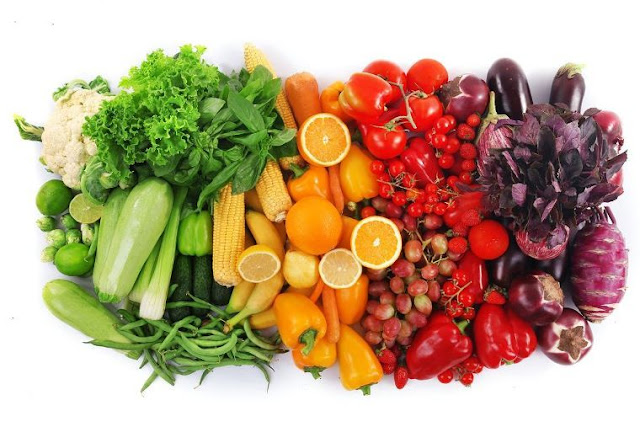magzest.com
Perfect Your Posture
"Straighten up," advises The Biggest Loser trainer Kim Lyons, and your figure will look better. "When your posture is good, you're automatically engaging and toning your stomach muscles." If you need to remind yourself to stand tall, she says, a few strategically placed Post-it Notes should do the trick.
Drink Up
Keep those fluids coming! "Being dehydrated causes the body to hoard water," says Lyons, which can lead you to carry up to four excess pounds around your midsection. Try for at least six eight-ounce glasses of water or other fluids daily.
3 Have a Seat
"Most women don't want to talk about it, but you really have to set aside a specific time each day to use the bathroom," notes Judith Reichman, M.D., a professor of obstetrics and gynecology at the University of California, Los Angeles. If you don't, it's too easy to give in to feeling rushed, and ignore the urge to go." Once you've trained your brain to dismiss your body's signals, you set the stage for bloat-inducing constipation.
4 Eat Mindfully
Rather than scarfing down meals, make a point of chewing each bite at least 10 times before swallowing. "The body has to work overtime to break down food in the stomach and intestines, which can lead to major gas and indigestion," Dr. Reichman says. Plus, when you eat fast, you're more prone to swallowing air, which can ratchet up your risk of developing a potbelly.
5 Turn to the "Pros"
Probiotics are 'good' bacteria that help your digestive system break down food, preventing the gastrointestinal issues that can keep you from having a flat stomach," explains nutritionist Jonny Bowden, Ph.D., author of The Most Effective Natural Cures on Earth. To ensure your plumbing is working at optimum capacity, Bowden suggests eating a daily serving of a probiotic-rich food like yogurt, kimchi, miso, sauerkraut, or buttermilk, or taking a supplement containing at least 50 milligrams of probiotics. (Look for versions that contain the strains acidophilus and bifidobacterium, and are produced by reputable vitamin companies.)
6 Walk It Off
Try to squeeze in a 30-minute walk daily, says Lyons. The simple boost in metabolism will help you burn waistline fat more efficiently. And if you want to work out, skip those gadgets that promise "miraculous abs in minutes": A study from Kansas State University found most devices designed to target abs (think infomercials) don't live up to their promises. You'll see better results with traditional exercise.
7 Give Up Gum
Because chewing forces you to swallow more puff-producing air, it can also keep you from squeezing into your skinny jeans, explain researchers at the American College of Gastroenterology. If you need to freshen your breath, you're better off sucking on a mint.
8 Relax Already
"When you're frazzled, your body increases its production of steroids and stress hormones, which negatively affect your digestive system, causing major constipation," says Dr. Reichman. And as if that weren't enough to leave you looking pouchy, stress also amps up the production of cortisol, a "fight or flight" hormone that sends excess fat directly to your midsection in its attempt to protect your vital organs. To minimize tension, Dr. Reichman advises, "take 20 minutes a day to do something that truly relaxes you."

























